- About us
- Support the Gallery
- Venue hire
- Publications
- Research library
- Organisation chart
- Employment
- Contact us
- Make a booking
- Onsite programs
- Online programs
- School visit information
- Learning resources
- Little Darlings
- Professional learning
Albert Tucker AO (1914–1999) was one of the strongest Australian painters of the twentieth century. His expressionistic style of painting was formed during the wartime years, when the city of Melbourne took on a strange and unreal atmosphere. His first major series of paintings, collectively titled Images of Modern Evil, was painted between 1945 and 1947. Throughout the 1950s Tucker lived in Europe and the United States, where he refined and extended his subjects, concentrating on Australian myths, which he saw as central to the definition of national identity. Although best known as a painter, Tucker was an enthusiastic photographer, who took many of the now-familiar photographs of Melbourne’s artistic circles of the 1940s. In this one, the artist appears with his first wife, Joy Hester, who shared with him a vigorous and deeply felt approach to making art.
Joy Hester (1920–1960) was the only female member of the group of artists known as the Angry Penguins, which included Tucker, Sidney Nolan and Arthur Boyd. During her lifetime Hester’s contribution was overshadowed by those of her male contemporaries, but her work is now widely acknowledged, especially her drawings, which are characterised by intense imagery and ability to convey states of mind and emotions. Hester’s life was beset by sadness. Diagnosed with Hodgkin’s disease at the age of twenty-seven, she left Tucker for a fellow artist, Gray Smith, leaving her son, Sweeney, with her friends John and Sunday Reed. Despite her prognosis, she had two children with Smith, and continued to work through the thirteen years until her death at the age of forty. A dramatic documentary film about Hester, The Good Looker, was made in 1995 and there were separate major exhibitions of her work at the Heide Museum of Modern Art, Melbourne and the National Gallery of Australia, Canberra in 2001.
Gift of the artist 1999. Donated through the Australian Government's Cultural Gifts Program.
Albert Tucker (1 portrait)



On one level The Companion talks about the most famous and frontline Australians, but on another it tells us about ourselves.
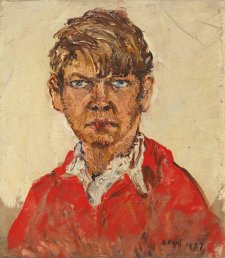
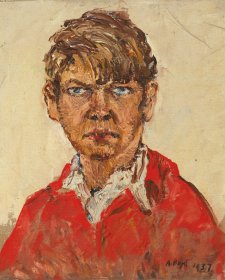
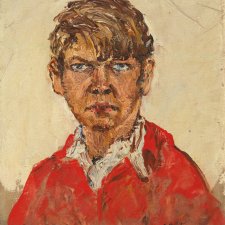
Patrick McCaughey explores a striking Boyd self portrait.
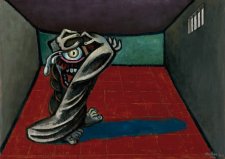
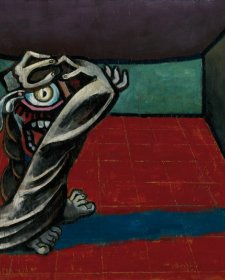
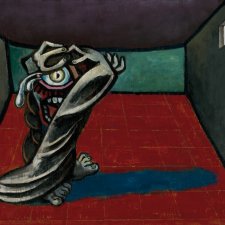
Dr Christopher Chapman, curator of Inner Worlds: Portraits & Psychology looks at Albert Tucker's Heidelberg military hospital portraits.